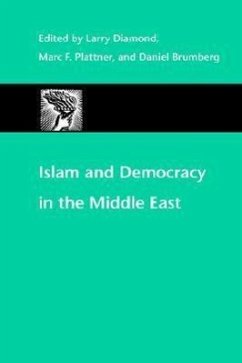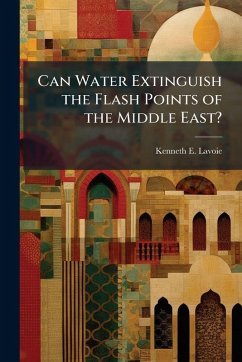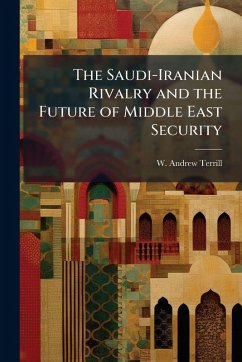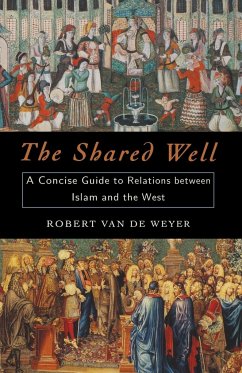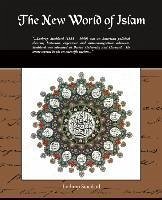
Exploring Sectarian Opportunities in the Middle East
Versandkostenfrei!
Versandfertig in über 4 Wochen
14,99 €
inkl. MwSt.

PAYBACK Punkte
7 °P sammeln!
Since the death of the Prophet Mohammad sectarian violence has existed in the Middle East. This monograph details the history of the Sunni - Shia split and explains the origins of the violence still present today. This conflict presents opportunities to Western governments and militaries to explore in the operational and strategic realms. Two dissimilar case studies, Yemen and Syria, are used to recommend engagements to exploit these opportunities. Both of these countries have existing or potential sectarian violence and clear tensions between the Sunni - Shia sects. Yemen has a sectarian insu...
Since the death of the Prophet Mohammad sectarian violence has existed in the Middle East. This monograph details the history of the Sunni - Shia split and explains the origins of the violence still present today. This conflict presents opportunities to Western governments and militaries to explore in the operational and strategic realms. Two dissimilar case studies, Yemen and Syria, are used to recommend engagements to exploit these opportunities. Both of these countries have existing or potential sectarian violence and clear tensions between the Sunni - Shia sects. Yemen has a sectarian insurgency led primarily by members of the Zaydi Tribe who were the former ruling party. The Shia Zaydi feel marginalized and targeted by Sunni extremists and al-Qaeda elements with-in Yemen. Western militaries must use the advisors already engaged in Yemen to convince the GoY to initiate the amnesty, reconciliation, and reintegration process in Yemen. This will undermine al-Qaeda initiatives in Yemen and, hopefully, build a bond between Sunnis and Shias creating a stronger, more stable governance structure. Syria is governed by a Shia minority. Western governments' isolationist policies toward Syria have pushed the Syrian minority government to become overly reliant on Iran. With the introduction of a new American Ambassador to Syria operational opportunities are present that have not existed in many years. Military to military exchanges, foreign military sales, and theater security cooperation exercises are ways western militaries can begin to exert influence in a country with which the American government and military has had little or no interaction. Leveraging a Sunni majority could help the United States to apply its national power in a positive way to shape the Shia minority government and drive a wedge between Syria and Iran. This work has been selected by scholars as being culturally important, and is part of the knowledge base of civilization as we know it. This work was reproduced from the original artifact, and remains as true to the original work as possible. Therefore, you will see the original copyright references, library stamps (as most of these works have been housed in our most important libraries around the world), and other notations in the work. This work is in the public domain in the United States of America, and possibly other nations. Within the United States, you may freely copy and distribute this work, as no entity (individual or corporate) has a copyright on the body of the work. As a reproduction of a historical artifact, this work may contain missing or blurred pages, poor pictures, errant marks, etc. Scholars believe, and we concur, that this work is important enough to be preserved, reproduced, and made generally available to the public. We appreciate your support of the preservation process, and thank you for being an important part of keeping this knowledge alive and relevant.



